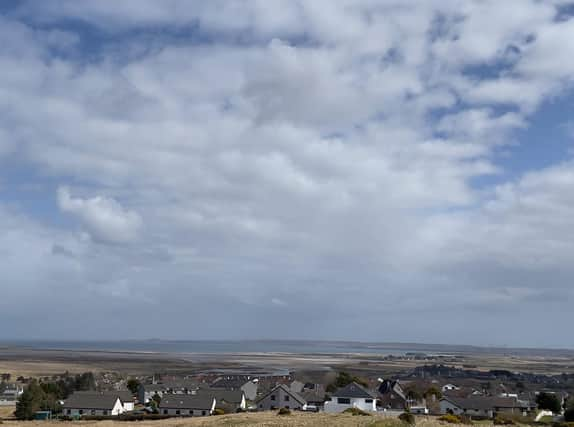Grim statistics on island population


These are among the relentlessly bleak projections contained in the latest Socio Economic Update which members of Comhairle nan Eilean Siar will have before them at their next meetings.
Councillor Roddie MacKay leader of Comhairle nan Eilean Siar, said: “The population challenge is clear. We need more younger, working age people to move here or to stay here in order to support and grow our economy, and key drivers for this will include jobs, housing, connectivity, and transport links”.
Advertisement
Hide AdAdvertisement
Hide AdAt present, there are over 5000 single adult households in the islands – about 40 per cent of the total. This is expected to rise slightly by 2028, due to there being more single elderly people.
However, a 15 per cent drop is projected in the number of households with two or more adults and children, from a current figure of slightly over 2000. An eight per cent fall in households containing three or more adults is also expected.
Overall, the data predicts a 2.3 per cent fall in the number of Outer Hebridean households by 2028 and a further decline of 11 per cent by 2043. Throughout Scotland as a whole, the number of households is projected to increase by five per cent by 2028.
It is predicted that by 2027, the average number of occupants per household will fall below two for the first time. The largest increase in population by age group between 2018 and 2028 is among the over 90s with a 41 per cent rise, mainly women.
Advertisement
Hide AdAdvertisement
Hide AdThese grim statistics should feed debate about how population trends can be reversed and how services will be provided as the proportion of working age people continues to decline, particularly in rural areas.
The report also updates information on population trends within the islands between 2011 and 2019 which show population declines in all but five of the “data” areas within the Western Isles.
The largest falls are in Eriskay and South Uist (12.2 per cent), Galson to Swainbost (11.7 per cent), Habost to Port of Ness (9.8 per cent), Uig and Bernera (8.3 per cent).
Figures for under-16s reveal that Uig and Bernera had the lowest proportion with just seven per cent followed by Galson to Swainbost at ten per cent and the east of North Uist and Berneray at 11 per cent.
Advertisement
Hide AdAdvertisement
Hide AdThe grim set of statistics reinforces the impression that concentration of public investment - particularly on housing – in and around Stornoway is helping to suck population out of the rural areas.
Councillor MacKay told the Gazette: “In terms of house building the Comhairle has a stated commitment to build more housing throughout our islands’ villages and there are several rural housing projects being developed.
“We would like to accelerate this drive to deliver rural house building going forward. However keeping more people in these communities also requires coherent policies that cover issues like crofting regulation, land use and bringing empty houses back into use”.